After two years of working from home, office workers have started to return to the workplace. But is the suit coming with them?
Maybe you’ve worked in your pyjamas, or worn a shirt with trackies for a meeting.
Unfortunately, the loungewear has to stay at home as you return to your desk.
However, it seems formal wear is now also being ditched by the workforce.
The death of the tie
Image consultant Edith Adam says we are not going back to the way we dressed before the pandemic.
“People have really gone more relaxed,” says the Carnoustie woman.
“There’s no more ‘we must dress properly and formally and in suits’.
“This is going to be the death of the tie, definitely.”
She refers to the new way of dressing as relaxed as opposed to casual. Casual implies not caring, but we still care about looking good she says.
With a more relaxed style, Ms Adam expects – and hopes – to see more colourful looks.
Originally from France, she is ready to see more colours as Scotland is “too grey”.
Younger generation leading the way
The ones least likely to accept formal work wear will be the ones who started their job during or after the pandemic, says Ms Adam.
“They will insist on being much more relaxed and express their personalities through their clothes,” she says.
“For people over 45, I’ve seen a lot drop the formality as well, because they see young people aren’t doing it anymore and they don’t want to feel out of place.
“The younger generation will influence the older generation in the workplace, and they will learn about sense of style and maintenance of clothes from the older generation.”
At Dundee accountants Henderson Loggie, managing partner David Smith has also noticed a shift to more youthful dressing.
In 2019, the firm developed a dress for your working day policy.
It means employees are asked to dress appropriately if out visiting clients, but can wear more relaxed clothing in the office.
Comfort at the forefront
Overall, the Henderson Loggie style has not changed much over the pandemic.
“I’ve worn less shirts and ties since we introduced the policy and up to the pandemic,” says Mr Smith.
“I wear less suits, because I’ve been sitting in the house, but what I wear under the suit I’ve carried on wearing.”
He emphasises that as long as employees look smart when they are out representing the firm, they can wear whatever they feel comfortable in.
With more in-person meetings scheduled however, Henderson Loggie employees might have to start dressing up more often.
Although, like Ms Adam predicts, they can leave their ties at home.
“Within the firm I haven’t seen a tie, apart from at Courier Business Awards, for a very long time,” says the managing partner.
Suit and tie a mark of respect
Someone who won’t be dropping the tie anytime soon is Jim Parker at Fife Properties.
The estate agent views the suit and tie as a mark of respect to the person he’s meeting.
“If you are in front end sales, you meet different types of people with different opinions of how you should present yourself. Universally you can’t go wrong with the suit,” he says.
“The younger generation today are happy with having a more casual dress code as it’s what they have grown up with and I completely accept that. Do what makes you happy.
“The gold blazer, shirt and tie are a great marketing tool for me and ultimately helps me stand out from a sea of similarities.”
‘Real flexibility’ in work wear
At Marks and Spencer in Dundee, store manager Fiona Buchan said there was already signs of a move to less formal wear prior to Covid-19.
Customers were looking for chinos, smart jeans and colourful shirts and jumpers as opposed to suits or office style dresses.
“The pandemic hit fast forward on this and now more than ever we are seeing customers looking for real flexibility when it comes to work wear,” she says.
“They need a strong collection of comfortable clothing, that can be dressed up or down.
“In terms of occasion wear, with the return of weddings, christenings, and formal events, we have seen a surge in customers looking for summery dresses and smart suits since spring – more than we’ve seen in the past two summers, which is great.”
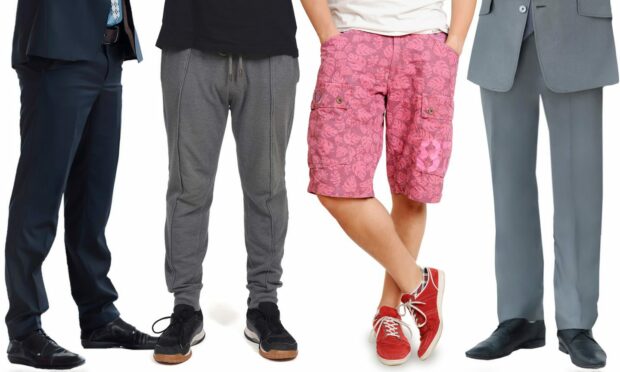

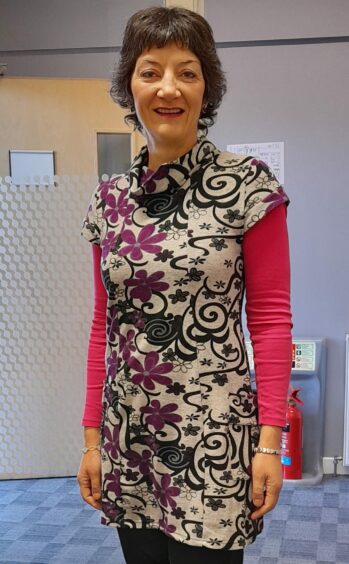
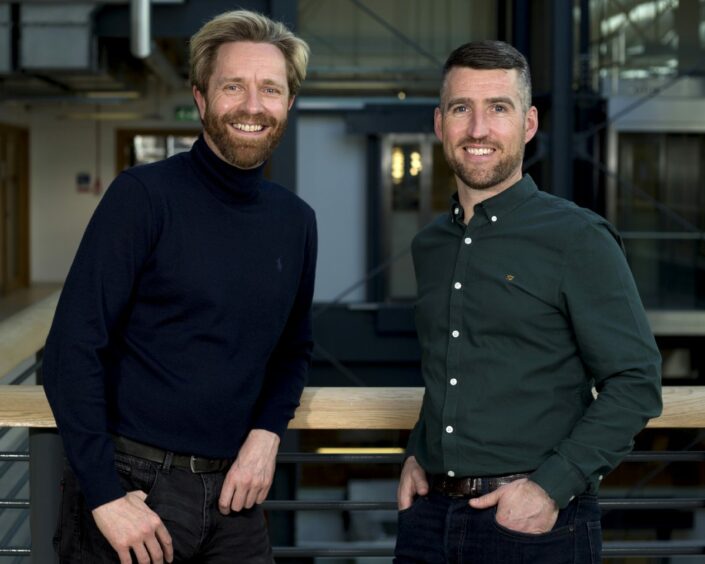
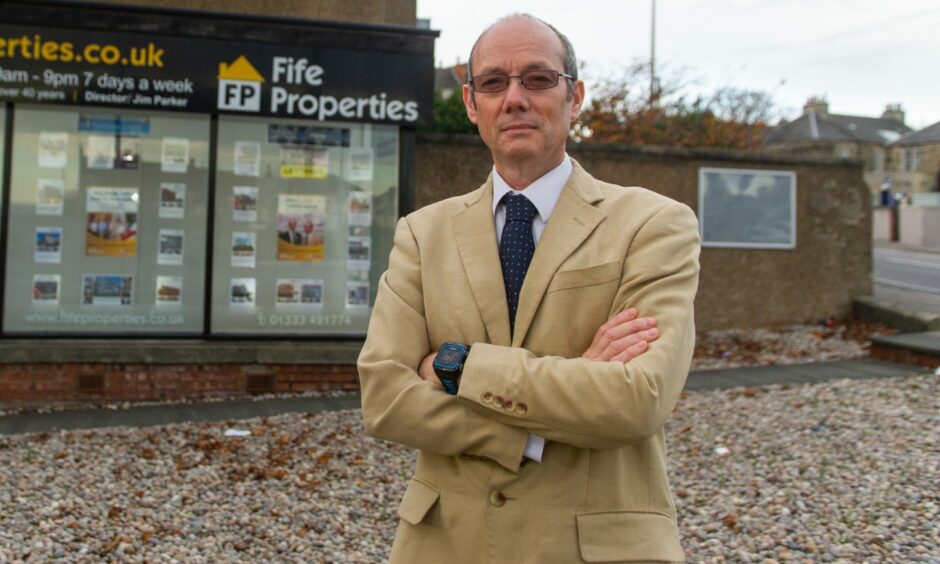

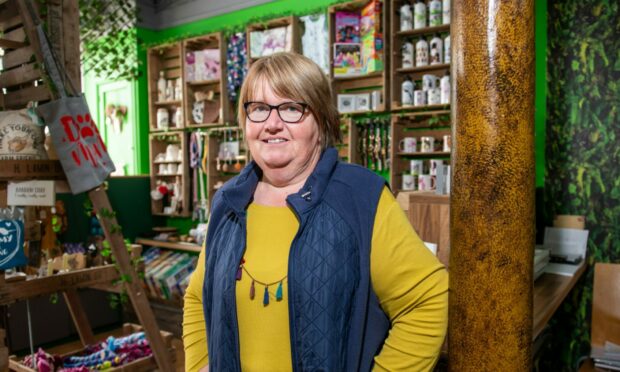
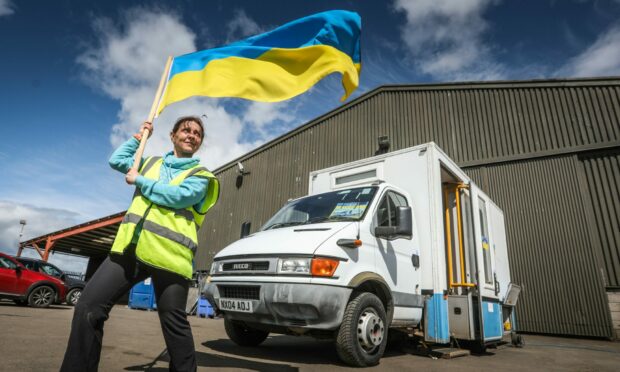

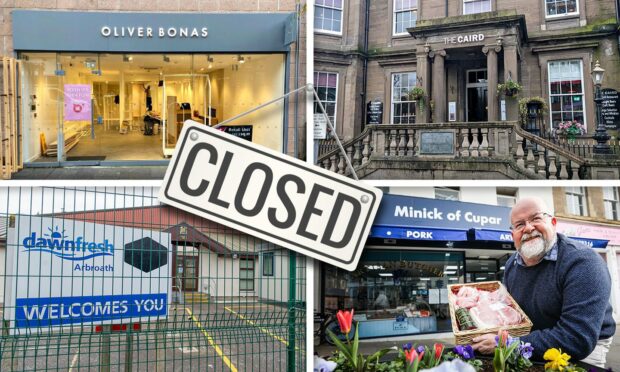
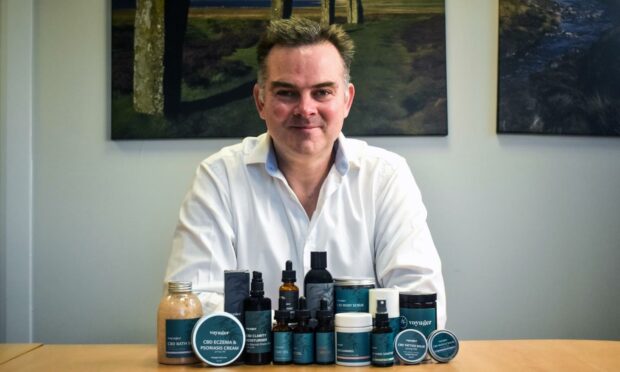
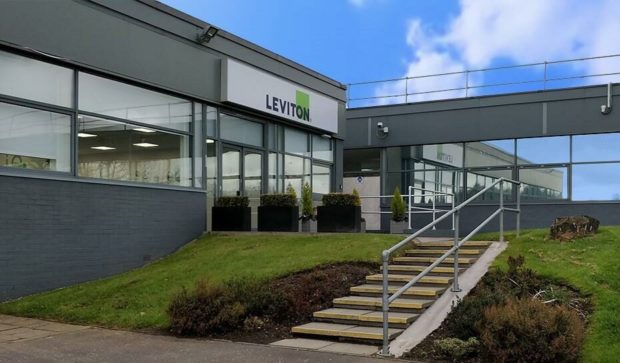

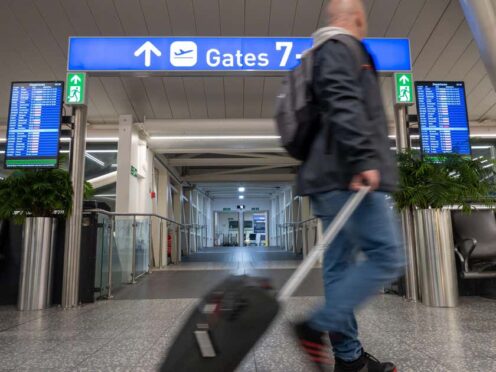

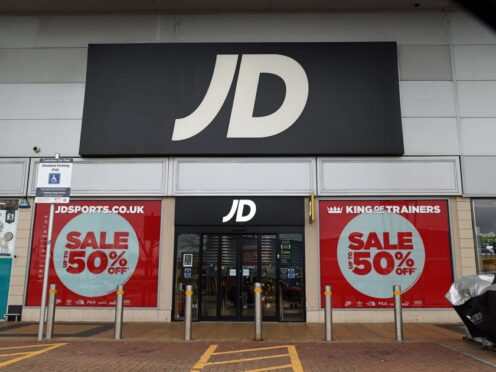
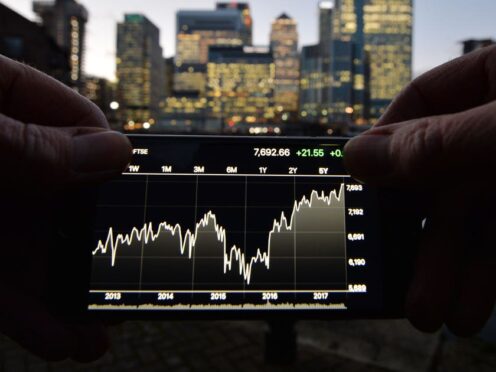
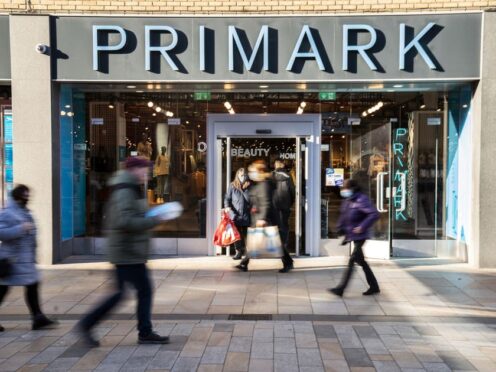
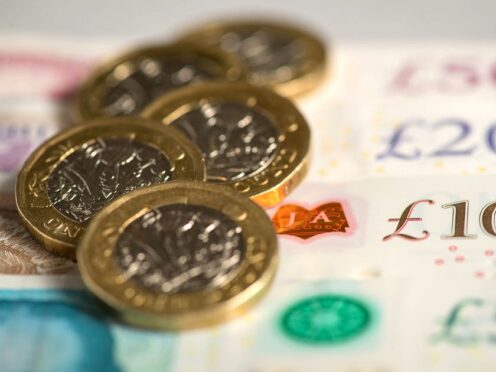
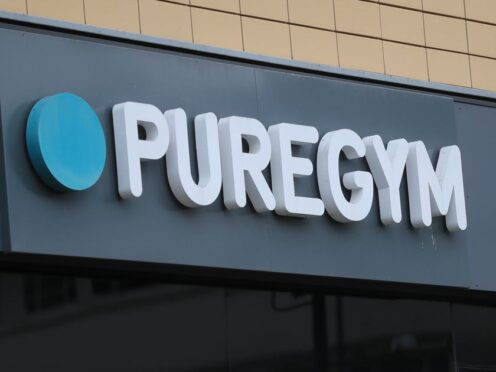
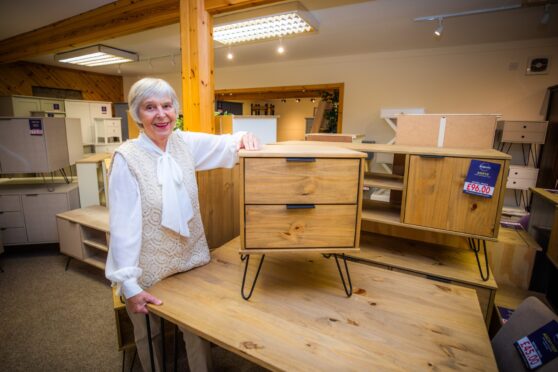
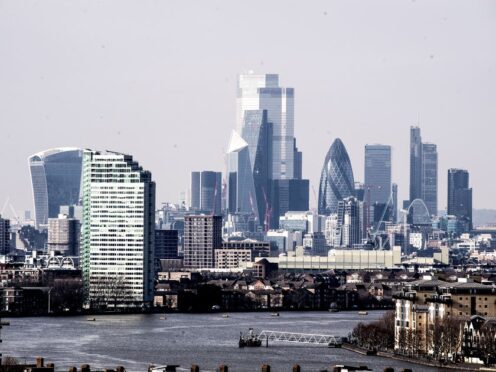
Conversation